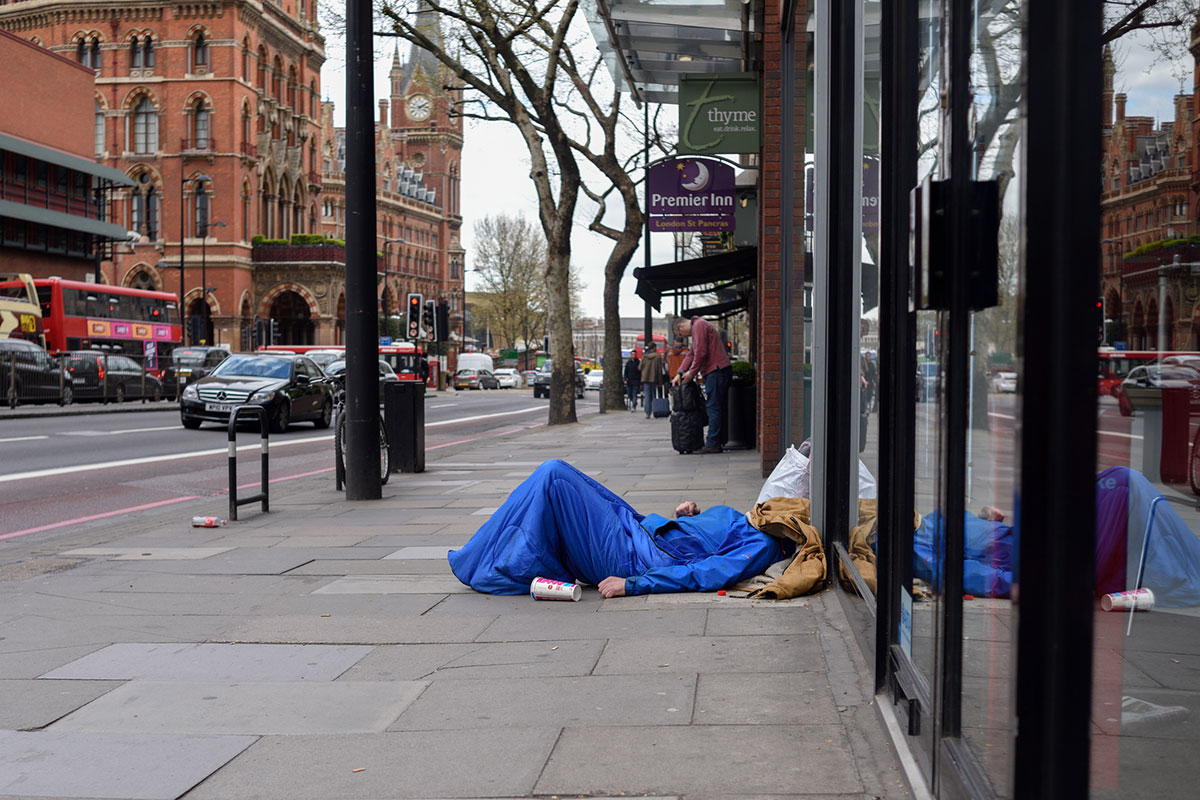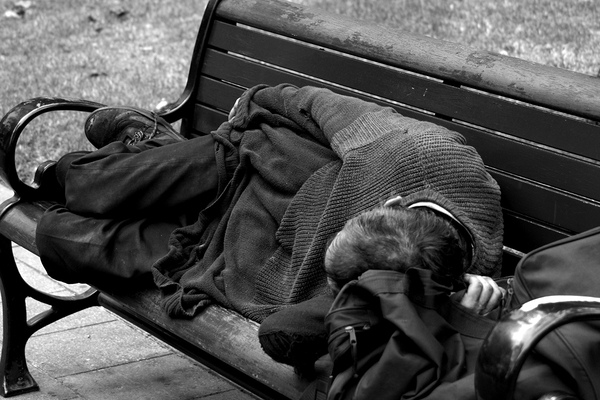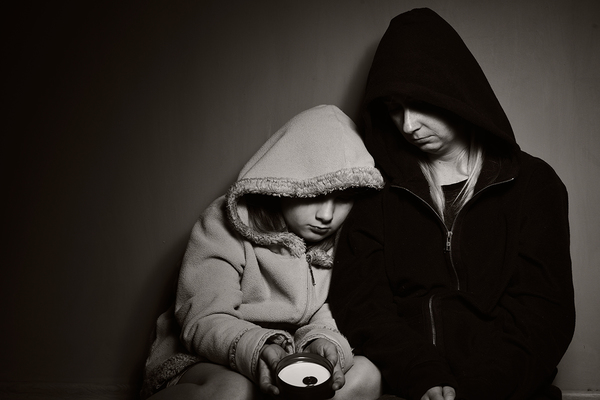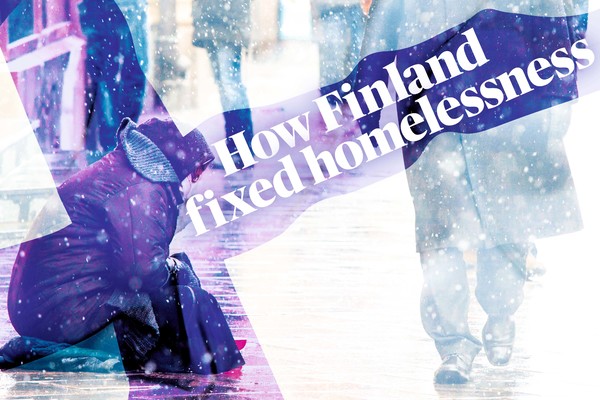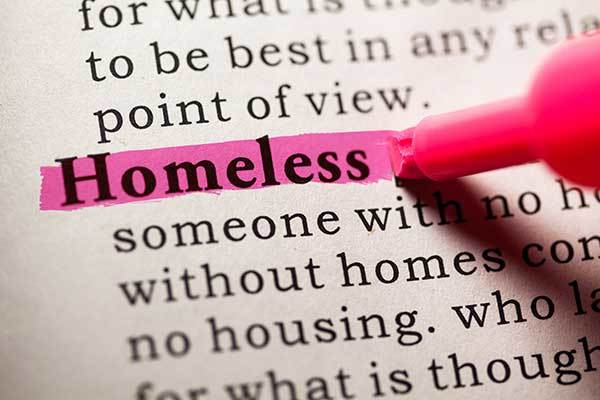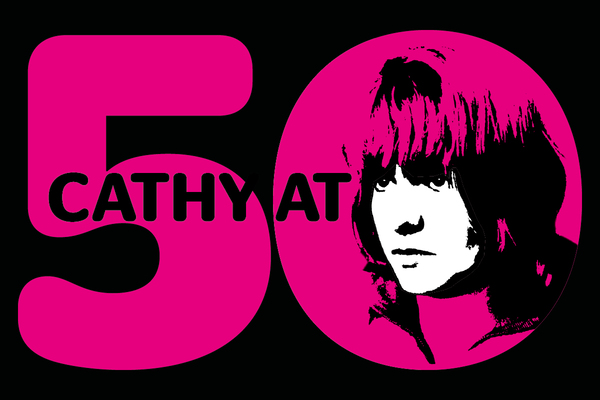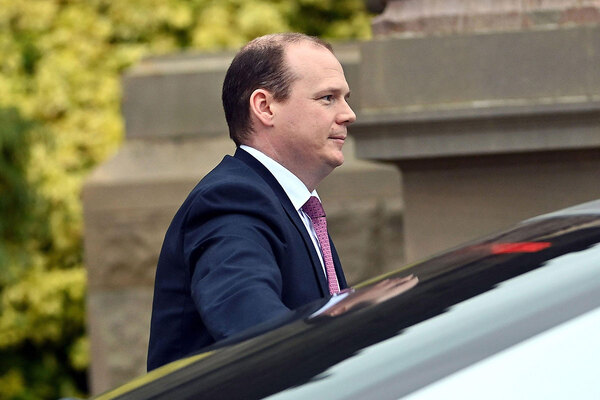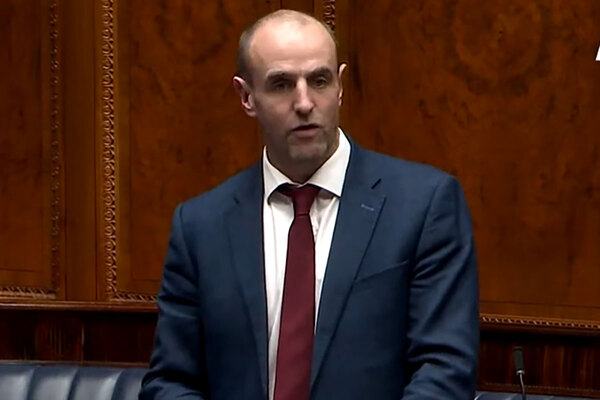You are viewing 1 of your 1 free articles
 Jules Birch
Jules BirchRough sleeping déjà vu
Jules Birch draws parallels between the measures to combat rough sleeping announced at Easter and a similar drive by another Conservative government in the 1990s.
If the new initiative to reduce rough sleeping sounds vaguely familiar it’s because we have been here before.
The package of measures announced by Sajid Javid at Easter includes a new rough sleeping team made up of external experts, a £30m fund for 2018/19 with further funding for 2019/20 targeted at areas with high numbers of rough sleepers and £100,000 of funding to support frontline workers across the country.
It is welcome news just as the Homelessness Reduction Act is about to come into force, and it comes on top of existing investment in homelessness programmes, piloting of Housing First and closer collaborative working inside and outside government.
But it also made me think back to the last time a Conservative government faced a rough sleeping crisis and announced a rough sleepers initiative (RSI).
In 1990 the number of people sleeping rough in central London soared in the wake of a recession and benefit cuts that hit 16 and 17-year-olds in particular.
Then as now, ministers denied that benefit cuts were to blame. Then as now, the sight of people sleeping in doorways and makeshift camps received national media and political attention.
The crisis back then has been associated ever since with a comment made by the housing minister Sir George Young on the Today programme about the homeless being ‘people you step over when you’re coming out of the opera’.
“Here is a Conservative government having to relearn the lessons of the party’s past.”
Many people took it literally and the quote is still cited as an example of the heartless Tories but he was speaking ironically and meant that he definitely did not think that.
The government announced £96m of funding in the next three years in a bid to make it unnecessary for people to sleep on the streets of central London.
The RSI funded a range of different schemes including advice and outreach work, hostel places and temporary and permanent accommodation provided by private landlords and housing associations.
The scheme reduced, but did not eliminate, rough sleeping and was extended twice with an extra £60m in 1993, an extra £73m in 1996 and another £20m by the incoming Labour government in 1997.
The RSI became part of a more comprehensive approach to homelessness that eventually hit its target of reducing rough sleeping by two-thirds.
It’s hard to make exact comparisons between the two Conservative rough sleepers initiatives since the context is different.
Critics of the approach of the 1990s may say that it was too narrowly focussed on central London and on numbers at the sharp end rather than homelessness as a whole.
The ministers of 2018 would almost certainly point out again that its initiative is part of wider funding totalling £1.2bn.
However, even that £96m of initial funding for the 1990 RSI is three times the £30m announced by Sajid Javid on Good Friday in cash terms and six times more in real terms.
“The suspicion remains that local authorities do not have enough funding to implement the Homelessness Reduction Act”
There may well be more money to come in 2018 just as there was in 1990. But here is a Conservative government having to relearn the lessons of the party’s past.
The manifesto pledge to halve rough sleeping by 2022 was needed because it had more than doubled since 2010 and the target of eliminating it completely by 2027 looks a long way off.
If that sounds like a very tall order, then the suspicion also remains that local authorities suffering from years of austerity do not have enough funding to implement the Homelessness Reduction Act and it remains to be seen whether the government is prepared to adopt the comprehensive approach to Housing First that made it such a success in Finland.
“Social housing investment in England is 50 per cent lower in real terms than it was back then.”
So while organisations like Crisis and Homeless Link have welcomed Friday’s announcement both highlight the need to address the structural causes of homelessness as well as the symptoms.
Homelessness minister Heather Wheeler has said she does not know why rough sleeping is rising and denied that benefits cuts are to blame, but even she admitted that the supply of affordable housing is an issue.
And that’s where the contrast is strongest between the Conservative governments of the early 1990s and the late 2010s.
For all this administration’s talk and party conference funding announcements, social housing investment in England is 50 per cent lower in real terms than it was back then.
Jules Birch, award-winning blogger
At a glance: Homelessness Reduction Act 2017
The Homelessness Reduction Act 2017 came into force in England on 3 April 2018.
The key measures:
- An extension of the period ‘threatened with homelessness’ from 28 to 56 days – this means a person is treated as being threatened with homelessness if it is likely they will become homeless within 56 days
- A duty to prevent homelessness for all eligible applicants threatened with homelessness, regardless of priority need
- A duty to relieve homelessness for all eligible homeless applicants, regardless of priority need
- A duty to refer – public services will need to notify a local authority if they come into contact with someone they think may be homeless or at risk of becoming homeless
- A duty for councils to provide advisory services on homelessness, preventing homelessness and people’s rights free of charge
- A duty to access all applicants' cases and agree a personalised plan
Cathy at 50 campaign
Our Cathy at 50 campaign calls on councils to explore Housing First as a default option for long-term rough sleepers and commission Housing First schemes, housing associations to identify additional stock for Housing First schemes and government to support five Housing First projects, collect evidence and distribute best practice.
